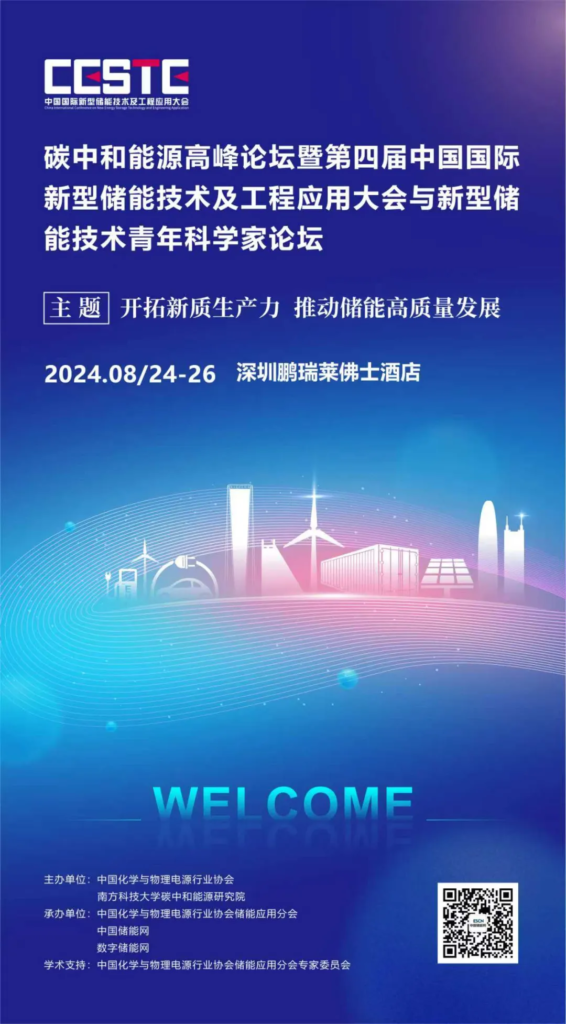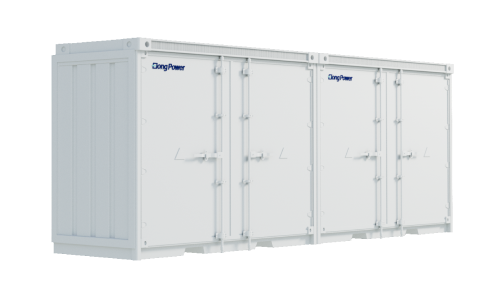China Energy Storage Network News:
Since the beginning of this year, with the gradual reduction of energy storage system costs, the economic efficiency of industrial and commercial energy storage systems has become better and better. According to incomplete statistics from the CESA Energy Storage Application Branch Industry Database, from January to June 2024, in terms of project filing alone, the total number of domestic industrial and commercial energy storage project filings exceeded 4,200, with a scale of 6.2GW/14.7GWh and an investment amount of more than 24 billion yuan. This shows that the industrial and commercial energy storage market has a very large stock. Industry insiders expect that in the second half of 2024 or the first half of 2025, the industrial and commercial energy storage market will usher in an order of magnitude growth.
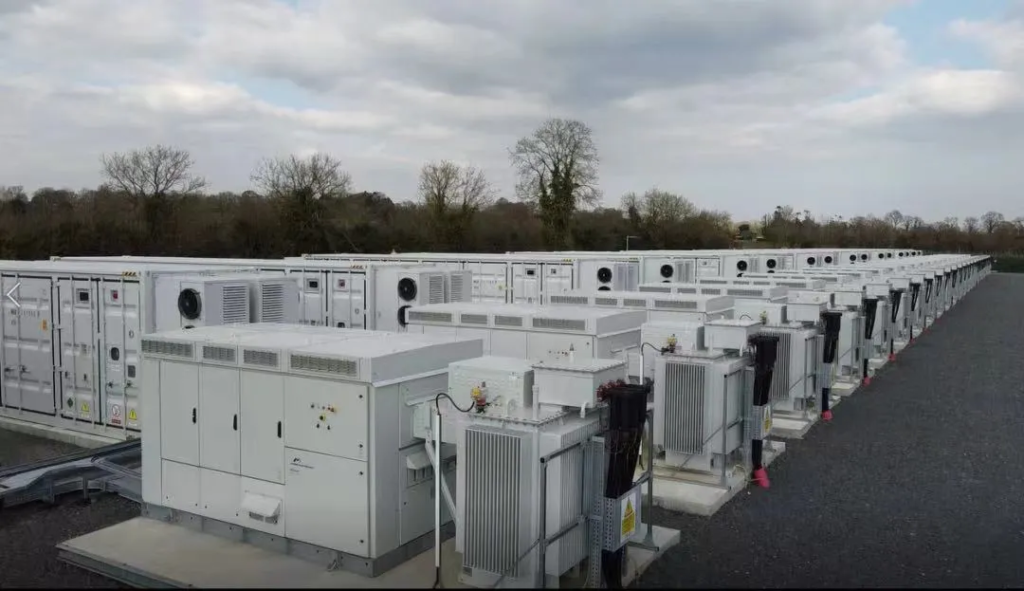
The payback cycle in Zhejiang, Guangdong and other places has dropped to 3-4 years
From the perspective of time-of-use electricity prices, Zhejiang, Guangdong, Jiangsu, Chongqing, Hainan, Anhui, Shanghai, Hunan, Hubei, Shaanxi and other provinces and cities can theoretically realize “two charges and two discharges” of energy storage power stations every day. Among them, the eastern provinces are due to industrial The demand for electricity is high and the peak-to-valley price difference is wider. Industrial and commercial energy storage yields and investment enthusiasm are the highest, especially in Zhejiang, Guangdong and other provinces. The current payback cycle has dropped to 3-4 years, and its economics are even higher than in 2022. European household savings.
According to calculations, after the EPC cost drops to 1.2 yuan/Wh, the recycling life of Zhejiang (large industry) is less than 4 years; the recycling life of various regions in Guangdong, Jiangsu, Hainan, Zhejiang (general industry and commerce), Shanghai, Hunan, Northern Hebei and other places is less than 5 years, with good investment value.
After the EPC cost dropped to 1.1 yuan/Wh, the recycling life of Zhejiang (large industry), Shanghai (large industry), the five cities in the Pearl River Delta, and Jiangsu was less than 4 years, and the investment value was significant. Hubei, Chongqing, Henan and other places also have good investment value. In addition to the above-mentioned areas, Anhui, Shandong, Tianjin, Heilongjiang and other places have a recycling life of less than 6 years and have certain investment value.
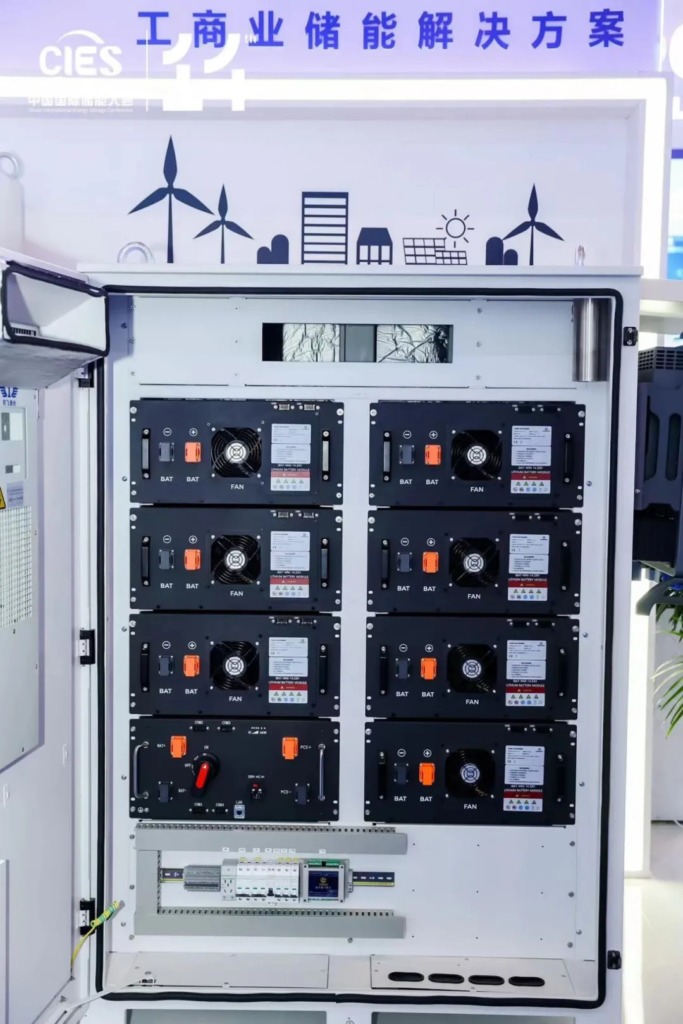
In addition, China Energy Storage Network consulted public information and found that as of June this year, there were more than 490,000 public charging piles and more than 610,000 private charging piles for new energy vehicles in Guangdong Province. The number of charging piles and the amount of electricity charged were the highest in the country, and the demand for energy storage was also growing rapidly. For example, Silicon Xiang Changan Supercharging Station is the first self-invested and self-built supercharging station in Dongguan, Guangdong equipped with Huawei’s full liquid-cooled supercharging products. The station opened in November last year and currently has 12 charging parking spaces. As of June this year, the total charging volume exceeded 112,000 kWh, with an average daily service of 190 vehicles, and only 0.37-0.39 yuan per kWh. The station has accumulated nearly 200,000 yuan in revenue in 4 months.
According to statistics from Zhang Zongyi of Shenzhen Nanshan Thermal Power, there are as many as 684 industrial enterprises with a power consumption of more than 5 million kWh in Shenzhen, Guangdong Province alone. In 2023, Shenzhen Virtual Power Plant achieved 30 demand responses, with a single price of 3.5 yuan/Kwh, and the precise response of Shenzhen’s virtual power plant can be specific to a certain street or substation. By the end of 2023, industrial and commercial users with annual electricity consumption of 5 million Kwh or more will, in principle, directly participate in market transactions, which means that electricity price fluctuations will become more frequent and more expensive. It is expected that the demand response of Shenzhen’s virtual power plant will reach hundreds of times in 2024. From this point of view, virtual power plants will be the key to whether industrial and commercial energy storage can break through.
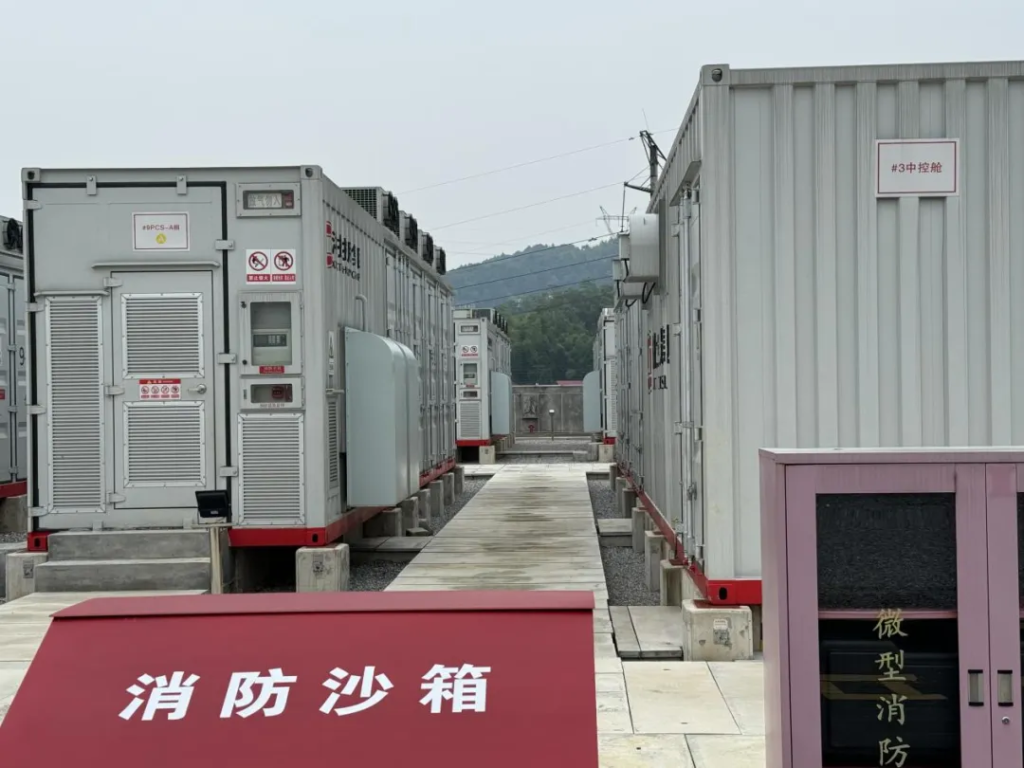
Regarding the difficulties in investing in industrial and commercial energy storage, some experts pointed out that from the investment side, the biggest challenge is the volatility of electricity price differences. Because the pricing logic of industrial and commercial energy storage assets is subject to the transformation trend of the new power system and the power market transaction trend that supports the transformation, under these two major trends, fluctuations in the return rate of distributed energy assets will be the norm. , is no longer an asset with an absolutely fixed rate of return.
The European industrial and commercial storage market is about to explode
In recent years, overseas industrial and commercial energy storage has maintained rapid growth. Data shows that the average annual growth rate of global industrial and commercial energy storage will reach 169% from 2021 to 2023.
At present, overseas industrial and commercial energy storage is mainly concentrated in the European market. Local electricity price policies and subsidy policies encourage large electricity consumers to form “self-contained power plants.” Self-consumption of photovoltaic + energy storage can significantly reduce electricity bills. Moreover, negative electricity prices often occur in Europe. During the peak period of wind power or photovoltaic power generation, the voltage and frequency of the grid are high. Negative electricity prices mean that you can gain profits from using electricity, but you will be fined if you send electricity back to the grid.
It is understood that the electricity price in Europe mainly consists of purchased electricity price, network fee, energy tax and value-added tax. New energy can bring a certain proportion of energy tax reduction and exemption. The ratio of purchased electricity price: network fee: energy tax is about 1:1 ∶1. Self-use of photovoltaic distribution and storage can save network fees. As the penetration rate of renewable energy sources such as wind power and photovoltaics in Europe continues to increase, and the grid-connected electricity price is low when new energy power generation is large, energy storage can play a huge role in energy time shifting. Except for a few countries such as the Netherlands, where the buying and selling price of electricity is 1:1, the ratio of buying and selling electricity prices in other European countries is very large.
At the same time, due to the early development of electrification in developed countries in Europe and the United States, the aging of power grids has become more serious. With the access of large amounts of wind power and photovoltaics, problems such as small grid scale, old equipment, and insufficient connections have become increasingly serious. However, the progress of power infrastructure transformation and upgrading is still It is relatively slow, and the queue for transformer expansion is long. Industrial and commercial energy storage can solve the problem in time.
For the European market, industrial and commercial energy storage is an important supplement and partial substitute for household storage in solving the problem of regional power balance. Since household storage products are relatively mature, there are currently many cases in overseas markets where household storage products are used in small industrial and commercial scenarios. However, household storage products do not have cost advantages when used in industrial and commercial scenarios. In the next two years, the overseas industrial and commercial energy storage market will Return to real industrial and commercial energy storage products.
Ten major difficulties in industrial and commercial energy storage that need to be solved urgently
While the scale of the industrial and commercial energy storage market is growing rapidly, hidden market problems are gradually exposed. Multiple factors such as economics, safety, and policy variables have always restricted the healthy and sustainable development of the industry. Currently, industrial and commercial energy storage is facing The top ten difficult problems need to be solved urgently.
1. Uncertainty in the policy shift of time-of-use electricity prices. Since the profits of domestic industrial and commercial storage mainly come from peak-valley arbitrage under time-of-use electricity prices, and the mechanism of time-of-use electricity prices is often formulated by macro policies, but the policy shift is unpredictable for terminal power users, which has also led to many owners taking a wait-and-see attitude when purchasing equipment at one time. From the perspective of the life cycle of industrial and commercial storage cabinets with a 10-year warranty and a 15-year design life, whether the time-of-use electricity price mechanism during project construction will continue throughout the life cycle of the project is the biggest unknown. At present, energy storage does not have a deterministic profit model similar to distributed photovoltaics to calculate long-term returns.
2. The uncertainty of regulatory policies and investment returns makes the construction cost of power stations impossible to measure. Because of occasional accidents, both the power grid and government departments continue to put forward new requirements for the acceptance standards of energy storage power stations. Relevant national departments are brewing a fire safety hazard inspection of energy storage power stations. Since owners are more concerned about the safety of energy storage, it is difficult to make up their minds to invest in energy storage. At the same time, it will also make investors wait and see. What kind of power station should be built to meet the standards? Simply continue to wait and see.
3. Great uncertainty in the electricity consumption patterns of industrial and commercial users. The uncertainty of user load, whether it is the increase in load, the decrease in load, or the change in the peak and valley period of the user load curve, is closely related to the rate of return of energy storage, which cannot be avoided by locking the contract period and price.
4. Industrial and commercial storage cabinets have not been verified by long-term operation. Unlike large storage and household storage, most of the industrial and commercial storage cabinets currently circulating in the market have not been more than three years since their birth. They have not been verified by large-scale installation and long-term operation. Their failure rate is still an unknown number that the industry avoids talking about.
5. The number of cycles of the battery cell is not equal to the number of cycles of the system, and there are huge hidden dangers in secret. For example, the battery cell manufacturer will say that we require constant temperature operation at 25°. If it is not achieved, the subsequent responsibility will be difficult to divide. But in reality, it is difficult to always maintain a constant temperature operation of 25°. Can the operating platform record every charge and discharge, and can it detect each battery cell?
6. Energy storage assets are difficult to circulate and trade. There are not many investors with real money in the field of industrial and commercial energy storage. Many investors realize capital turnover through the model of “collecting road permits-building power stations-selling power stations”, but this road has not yet been taken, and energy storage assets cannot be circulated and traded well like photovoltaics.
7. Non-technical costs continue to rise. The continuous emergence of energy storage project safety incidents is leading to the continuous tightening of local requirements for the construction of energy storage projects, which has led to the phenomenon of continuous increase in non-technical costs of project construction, such as additional fire protection facilities, additional station building settings, etc. The superposition of various non-technical costs even directly increases the project cost by 2 cents per Wh. However, various non-technical costs are often ignored in the current investment calculations of industrial and commercial storage projects, which can easily lead to “out-of-control” costs in the specific implementation of the project.
8. The chaos of intermediaries and equipment makes owners blindly invest in energy storage. With the obvious increase in the activity of the industrial and commercial energy storage market, various “gods” have also flocked in, resulting in the increase of intermediary costs and serious delays in the efficiency of project implementation. In order to sell equipment/projects, some unprofessional equipment suppliers/investors let owners blindly install energy storage. Some solutions make the energy storage cabinet exceed the upper limit of the enterprise’s demand when charging, and the money saved by peak-valley arbitrage is not as much as the demand electricity fee to be paid.
9. Difficulty in collecting funds is also a major problem. It is understood that the complete information requirements of industrial and commercial energy storage projects exceed 50 items, involving multiple dimensions such as land property rights, pipeline infrastructure, power facilities, historical electricity consumption, policy subsidies, etc., and offline management is prone to omissions. At the same time, the project involves multiple rounds of fund collection and analysis and calculation, and offline management of project data forms information islands, resulting in information opacity, extended transmission time, and difficulty in progress management. In addition, the content standards of the lists of various enterprises are different, resulting in unclear fund collection lists, unclear standards, and mixed versions.
10. The benefits of industrial and commercial storage and distribution of photovoltaic power cannot support large-scale applications. The application scenarios of industry and commerce are often large electricity loads during the day, and photovoltaic power generation during the day is basically self-generated and self-used. The logic of matching energy storage cabinets to store excess photovoltaic power generation seems a bit far-fetched. The logic of industrial and commercial energy storage and photovoltaic distribution is obviously more reasonable, but the main reason for the existence of industrial and commercial energy storage is the peak-valley price difference. The logic of using photovoltaic power distribution with the cost of photovoltaic power lower than that of municipal electricity is not the starting point, and the benefits of the entire model cannot support the large-scale application of industrial and commercial energy storage.
Ten major trends in industrial and commercial energy storage
The explosion of industrial and commercial energy storage is closely related to electricity demand, policy incentives, and profitable business models. Although the industrial and commercial energy storage market is in the stage of going from 0 to 1 and the market structure is not yet mature, with the stability of policies and the gradual clarification of profit models, industrial and commercial energy storage will become an important growth point in the energy storage industry, and the ten major development trends in the next few years are gradually becoming clear.
1. The requirements for the industrial and commercial energy storage track are becoming more and more stringent, which will gradually raise the industry threshold. According to statistics, there are currently more than 300 industrial and commercial energy storage companies in China, most of which are located in East China and South China, mainly lithium battery/3S companies/integrated companies. At the same time, there are many cross-border companies, which has brought a huge impact on the original pattern of this track. On the other hand, the requirements for the industrial and commercial energy storage track are becoming more and more stringent. With the emergence and development of professional integrators, the industry threshold will be gradually raised. Some regions may continue to increase safety requirements, which also puts higher requirements on corporate brands and technologies.
2. The industrial and commercial energy storage market is accelerating its transformation from volume prices to volume services and volume solutions. Unlike the large-scale energy storage market, the industrial and commercial energy storage market is developed gradually rather than planned in advance. Since industrial and commercial users are relatively scattered and do not understand the potential benefits of energy storage, manufacturers are needed to develop projects and communicate with them about the profit space of energy storage. In the next few years, the industrial and commercial energy storage market will continue to improve its software services and overall solution capabilities.
3. The investment and construction model of industrial and commercial storage is expected to accelerate the transition to the owner-investment model. In the current industrial and commercial storage application scenarios, peak-valley arbitrage is the main “game”, and the EMC model is the main investment and construction model. Demand management and electricity spot trading have high requirements for energy storage operators. It is necessary to make short-term load forecasts based on corporate electricity load, photovoltaic output, etc., and control the charging and discharging strategies of corporate energy storage equipment through predicted corporate load conditions. It is even necessary to build a small microgrid system, with energy storage as a regulating source to make the entire enterprise’s electricity load curve smoother. With the industry’s emphasis on demand management and electricity spot trading, in the future, the core competitiveness of industrial and commercial energy storage will shift from channels, prices, etc. to software, services, etc., and the investment and construction model is expected to accelerate the transition to the owner-investment model.
4. 10-year service life of industrial and commercial energy storage equipment is standard, and 15-year service life will be a bonus. From the perspective of industrial and commercial energy storage equipment, industrial and commercial energy storage equipment with a service life of more than 10 years has become standard. Industry insiders said that 10-year service life is the “standard” for industrial and commercial energy storage equipment, and the longer the promised service life, the greater the competitiveness of the product, and 15-year service life will be a bonus.
5. Risks and pain points force “differentiated competitiveness” to emerge quickly. Although high-speed growth has become the unanimous “prediction” of the industrial and commercial storage track in 2024, industry insiders believe that the industrial and commercial storage track has risks such as time-sharing and power market reform, and industrial and commercial storage equipment has the core pain point of similar hardware solutions. In a highly involutionary environment, how to take a differentiated route has become the core competitiveness of the industrial and commercial storage track.
6. The economic efficiency of industrial and commercial energy storage will continue to improve. At present, nearly 30 provinces and cities in China have formulated demand response-related policies, and local user-side special subsidy policies have been fully introduced to further improve the economic efficiency of industrial and commercial energy storage. Special subsidies are mainly in the form of capacity subsidies, discharge subsidies and investment subsidies; the subsidy direction is to encourage user-side energy storage in distributed photovoltaic storage, industrial parks, data centers, photovoltaic storage charging/source grid load storage integration and other scenarios. Among them, Zhejiang, Guangdong, Jiangsu, Anhui, Chongqing and other provinces and regions have introduced policies intensively, and local policy support is relatively strong in Wenzhou, Zhejiang, Liyang, Jiangsu, Tongliang District, Chongqing. In the next few years, the benefits of industrial and commercial energy storage will continue to increase.
7. Virtual power plants will become the key to breaking through the bottleneck of industrial and commercial energy storage. Virtual power plants can achieve the aggregation and coordinated optimization of multiple distributed resources such as distributed power sources, energy storage, and adjustable loads through information technology and software systems. The effective use of its power management and coordination function requires the participation of high-quality energy storage systems, which will also become the key to whether industrial and commercial energy storage can successfully break through.
8. The energy storage penetration rate of existing photovoltaic industry and commerce will gradually increase. According to BNEF’s forecast, the global new industrial and commercial photovoltaic supporting energy storage installed capacity in 2025 will be 29.7GWh. Among the existing photovoltaic industry and commerce, the energy storage penetration rate will gradually increase, and the global existing industrial and commercial photovoltaic supporting energy storage installed capacity in 2025 can reach 12.29GWh.
9. Product diversification tailored to local conditions. The segmented application scenarios in the fields of household energy storage, industrial and commercial energy storage, etc. are creating more opportunities for energy storage system integration companies based on different demand logic and application changes. Therefore, according to the development of different application markets and the actual needs of the segmented tracks, the formulation of diversified product solution strategies “tailored to local conditions” will become the future development trend of industrial and commercial energy storage.
10. Industrial and commercial energy storage requires more intelligent operation and maintenance. From an operational perspective, the pain point of industrial and commercial energy storage operation is to control costs and make effective comparisons between costs and expected values. After installing the energy storage system, if the demand is not actively tracked and the energy storage charging algorithm is not controlled, the user’s monthly maximum demand value will increase, and the basic electricity fee paid by the user will increase. A normally operating industrial and commercial energy storage system does not exist independently, but is closely coupled with the user’s microgrid system. It must also be integrated with various power components such as distributed photovoltaics and power loads, and achieve optimal arbitrage based on internal load curves and external price curves. In the future, this differentiation will be more reflected in the differentiation of software, digitalization, and intelligence, and the intelligence of industrial and commercial energy storage equipment and the digitalization of subsequent operation and maintenance have become an inevitable trend.
From August 24 to 26, 2024, the “Carbon Neutral Energy Summit Forum and the 4th China International New Energy Storage Technology and Engineering Application Conference and New Energy Storage Technology Young Scientist Forum” hosted by the China Chemical and Physical Power Industry Association, the Energy Storage Application Branch of the China Chemical and Physical Power Industry Association, China Energy Storage Network, and Digital Energy Storage Network will be held.
The three-day conference will have a total of 12 special forums, including: the opening ceremony of the conference and the Carbon Neutral Energy Summit Forum and the special session for invited academicians, the special session for new energy storage system integration solutions (Part 1 and 2), the special session for long-term energy storage technology and applications, the special session for virtual power plants, the special session for industrial and commercial energy storage, the special session for new energy storage batteries, the special session for new energy storage and power markets, the special session for smart microgrids, the special session for the promotion of national energy storage standards, and the new energy storage technology young scientist forum (Part 1 and 2).
During the conference, research results such as the “White Paper on the Development of China’s Liquid Flow Battery Industry in 2024” will also be released. It is expected that more than 1,000 industry colleagues from government agencies, research institutes, power grid companies, power generation groups, system integrators, energy storage device companies, energy service providers, project development companies, investment and financing institutions, etc. will attend the conference for exchanges. August 24-26, 2024, Shenzhen Pengrui Raffles Hotel, looking forward to your presence!
